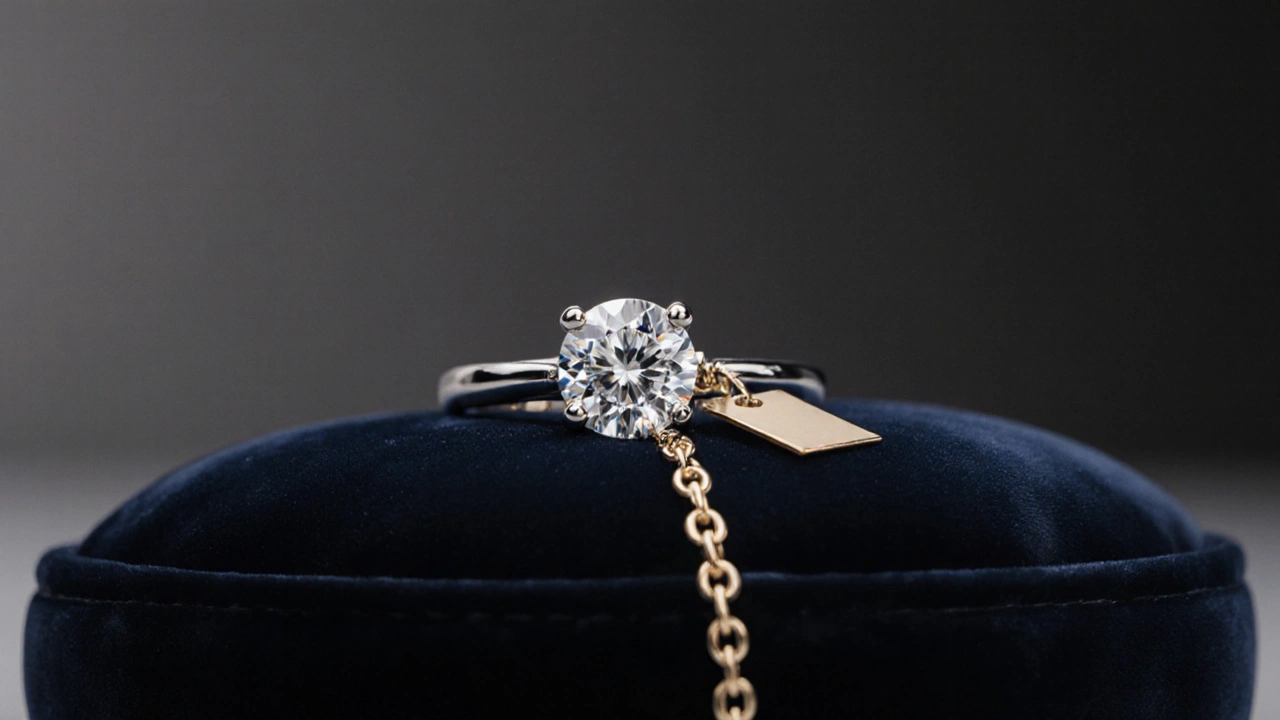Wedding Ring Cost Guide: Prices, Factors & Tips
When you start looking at wedding rings, the first question is always the same – how much will it set you back? The truth is, there isn’t a one‑size‑fits‑all answer. The price depends on a mix of metal, design, stones and where you buy it. Knowing the main cost drivers helps you stay in control of your budget and still pick a ring you love.
What Determines a Wedding Ring’s Price
Metal type. Gold, platinum, palladium and silver each have their own price tag. Pure gold (24k) is soft, so most rings use 14k or 18k, which costs less than platinum. Platinum is heavy and rare, so it usually tops the price list. If you’re on a tighter budget, titanium or tungsten offer durability at a lower cost.
Design complexity. A simple band with a smooth finish is cheaper than a piece with intricate milgrain or hand‑engraved details. Custom designs add labor hours, and that shows up in the final number.
Gemstones. A plain metal band is the cheapest option. Adding a diamond or other gemstone raises the price based on size, clarity, color and cut. Lab‑grown diamonds can give the same sparkle for a fraction of the cost of natural stones.
Brand and retailer. High‑end jewelers charge for their name, service and warranty. Online stores often have lower overhead, so they can pass the savings to you. Look for retailers that offer free resizing or lifetime cleaning – those perks can be worth the extra dollars.
Location. Prices vary by region because of taxes, import duties and labor costs. A ring bought in a city centre may be pricier than the same piece from a suburban workshop.
How to Keep Your Ring Budget Friendly
Now that you know what drives cost, here are practical ways to keep the spend low without sacrificing style.
1. Set a clear budget early. Decide the maximum you’re comfortable spending and stick to it. Having a limit makes it easier to filter out options that are out of reach.
2. Choose alternative metals. Titanium, stainless steel or recycled silver look modern and cost much less than platinum.
3. Opt for lab‑grown stones. They look identical to natural diamonds but can be 30‑70% cheaper.
4. Buy off‑season. Jewelers often run sales around holidays or after the wedding season. You can snag a great deal if you’re flexible with timing.
5. Consider a simple band for the wedding and upgrade later. Many couples start with a modest ring and add embellishments after the honeymoon when they have more breathing room.
6. Shop online and compare. Use price‑comparison tools, read reviews, and ask about warranties. You can often negotiate a discount or get free shipping.
7. Ask about package deals. Some jewelers bundle engagement rings and wedding bands at a reduced price.
Finally, remember that the ring is a symbol, not a status badge. A well‑chosen piece that fits your style and budget will mean more than an over‑the‑top ring that drains your savings. Take the time to research, try on different metals, and think about how the ring will feel day‑to‑day. With these tips, you’ll walk into the jeweler’s confident that you’ve got the numbers under control.
Ready to start shopping? Use the factors above as a checklist, set your budget, and you’ll find a wedding ring that looks great and keeps your wallet happy.
Is $5,000 Too Much for a Wedding Ring?
Explore whether a $5,000 wedding ring is worth it. Learn cost drivers, budgeting tips, and alternatives to help you decide if that price fits your style and budget.
View More